
Originally published on World Moms Blog.
Each year on December 10, people all around the world celebrate Human Rights Day.
The date was chosen to honor the United Nations General Assembly‘s adoption on 10 December 1948 of the Universal Declaration of Human Rights (UDHR), the first global statement of international human rights principles.
As we have done on World Moms Blog before (see
10 Things to Do With Your Kids on Human Rights Day
and
Human Rights Activities To Do With Your Kids),
we’re sharing some ideas this year for simple yet meaningful ways for your family to celebrate the rights and responsibilities that we all share as human beings.
1. Learn about the Universal Declaration of Human Rights. The full UDHR is on the UN website here, but you can also find a simplified version of the UDHR here. And check out this cool video created by the Human Rights Action Center that summarizes the rights in the UDHR:
2. Be a mapper for UNICEF Voices of Youth. UNICEF has created an online platform to empower youth around the world to map important issues in their community, advocate and bring change. A featured tool from Voices of Youth Maps is UNICEF-GIS – a youth-friendly mobile mapping application that produces web maps and visual reports on youth-related issues. UNICEF is asking youth to
Open a window into your community and share issues that you and your friends and family face. Tell us about the experiences you live, share your success stories and show us the beauty of your cultural background. Post on Voices of Youth and make your voice heard!
You and your kids can read about and see photo galleries by youth mappers in Brazil and Haiti here. Click here to get involved in Voices of Youth.
UDHR Article 21 right to participate in government – perfect for elections in November!
3. Make a Human Rights Calendar for 2015. Choose a UDHR article (or two or three) to focus on each month. Decorate the calendar with photos and drawings that illustrate the right(s). Try to coordinate the UDHR rights with local, national, and international holidays. For example, choose Article 15 (right to a nationality) for the month of your country’s national independence day and Article 18 (right to practice your religion) during a religious holiday period. You can download free calendar templates here.
4. Learn about a human rights heroine or hero. Pick your favorite activist for social justice, either from your country or another country. Go to the library to find a biography or search online for information about her/his life. Try to find out:

- When the person lived (if not still living).
- What problem (or problems) they faced.
- Who or what formed their opposition.
- What was the outcome of the stand they took, in which they believed?
- What tactics did they use in their campaign?
- How much success do you think they had?
What did you learn that surprised you? What else would you like to know about this person? Brainstorm your own questions together!
5. Explore what it means to be a peacemaker. You can interview each other or other kids or adults. Ask each other
- What does peace mean to you?
- Describe a time when you experienced peace. Where were you? What were you doing? Who was with you?
- When was a time when you were a peacemaker? What happened? Who were the people involved? How did it turn out?
- Are there some ways that you think you are not a peacemaker?
- Who do you know who you would describe as a peacemaker? What does this person do that you consider peacemaking? Why do think of these actions as peacemaking?
Ideas number 4 and 5 are from the Hague Appeal for Peace’s curriculum Learning to Abolish War: Teaching Toward a Culture of Peace. Check out more ideas for teaching about peace in this resource.
6. Learn more about the work of United Nations human rights experts. “Special Rapporteur” is a title given to individuals working on behalf of the United Nations who bear a specific mandate from the UN Human Rights Council to investigate, monitor and recommend solutions to human rights problems. Appointed by the UN Secretary General, these experts are “of high moral character and recognized competence in the field of human rights.” They act independently of governments. Special Rapporteurs often conduct fact-finding missions to countries to investigate allegations of human rights violations. They also regularly assess and verify complaints from alleged victims of human rights violations. Once a complaint is verified as legitimate, an urgent letter or appeal is sent to the government that has allegedly committed the violation. To learn more, you can listen to the podcast series Meet the Special Rapporteurs.
7. Participate in the 7 Billion Others project. In this beautiful series of portraits of humanity, more than 6000 people from around the world have answered the same 40 questions, including: What did you learn from your parents? What would you like to pass on to your children? What challenges have you had to face? What does love mean to you? Series creator Yann Arthus-Bertrand says,
There are more than seven billion of us on Earth, and there will be no sustainable development if we cannot manage to live together. That is why 7 billion Others is so important to me. I believe in it because it concerns all of us and because it encourages us to take action. I hope that each one of us will want to reach out and make these encounters to listen to other people and to contribute to the life of 7 billion Others by adding our own experiences and expressing our desire to live together.
Download chapters of the eBook to read what more than 500 people shared about their experiences or simply spend some time exploring the videos of people testifying (there is even a helpful search function). Listen to thematically organized podcasts to hear people from different parts of the world voice their opinions on common experiences like freedom, anger, love, and family. You can even add your own testimony by video or text.
8. Look for human rights in the news. Clip articles about local, national and international human rights issues out of newspapers and magazines. Listen to radio or watch television news programming and point out the human rights coverage. Be sure to look for news about human rights successes as well as news about human rights problems.
9. Learn more about the human rights issues related to the products you buy. The International Labour Organization estimates that more than a quarter of a million children work in the cocoa plantations of West Africa that produce most of the world’s chocolate. It’s hazardous work, which exposes children to injury and highly toxic pesticides. Hershey’s, the largest chocolate manufacturer in North America, has not thoroughly addressed accusations of child labor in its supply chain and refuses to release any information about where it sources its cocoa. Consumers play an essential role in diminishing the food industry’s injustices. You and your children can make the choice to buy chocolate that is not made with child labor. See a list of the companies that do NOT use child labor in their chocolate production here. Read more about child labor in the cocoa industry here.

10. Get out there and raise your voice for what you believe in. Participate in a march or protest related to an issue that is important to you. And be sure to bring your kids! There is no better way to teach empathy and compassion for others than by doing it together.
You and your kids are on your way to a great Human Rights Day! What are YOU going to do this year? Please share YOUR ideas for human rights activities with us in the comments.
ADDITIONAL RESOURCES: If you are a classroom teacher or homeschooling your kids (or if you just want to dig deeper), you can find tons more ideas through the following resources:
United Nations Cyber Schoolbus – human rights activities and information about the United Nations’ work
ABC – Teaching Human Rights – practical activities in English, French, Russian, Arabic, Chinese, and Spanish from the UN Office of the High Commissioner for Human Rights
The Advocates for Human Rights’ Discover Human Rights Institute – human rights education lesson plans and curriculum
Human Rights Here and Now – human rights lesson plans and resources
Raising Children With Roots, Rights and Responsibilities – activities for preschool and young elementary children


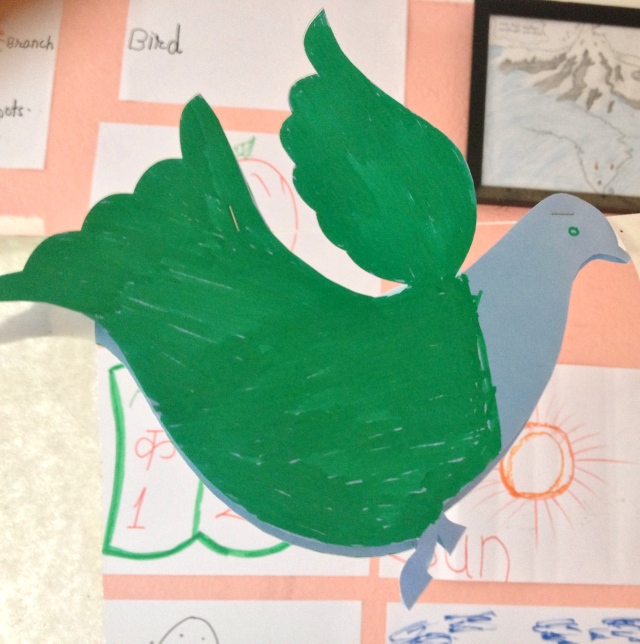




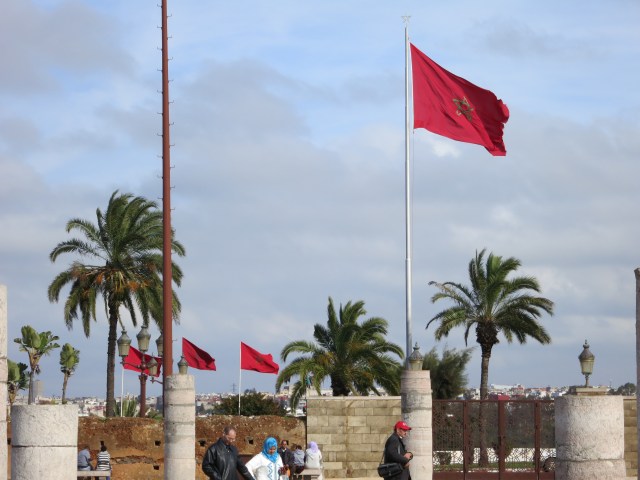

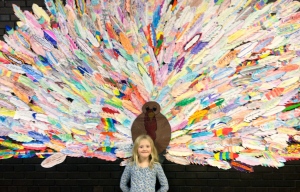

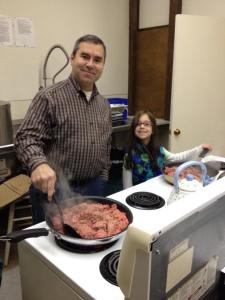
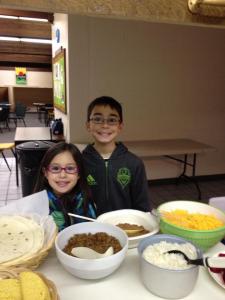
You must be logged in to post a comment.